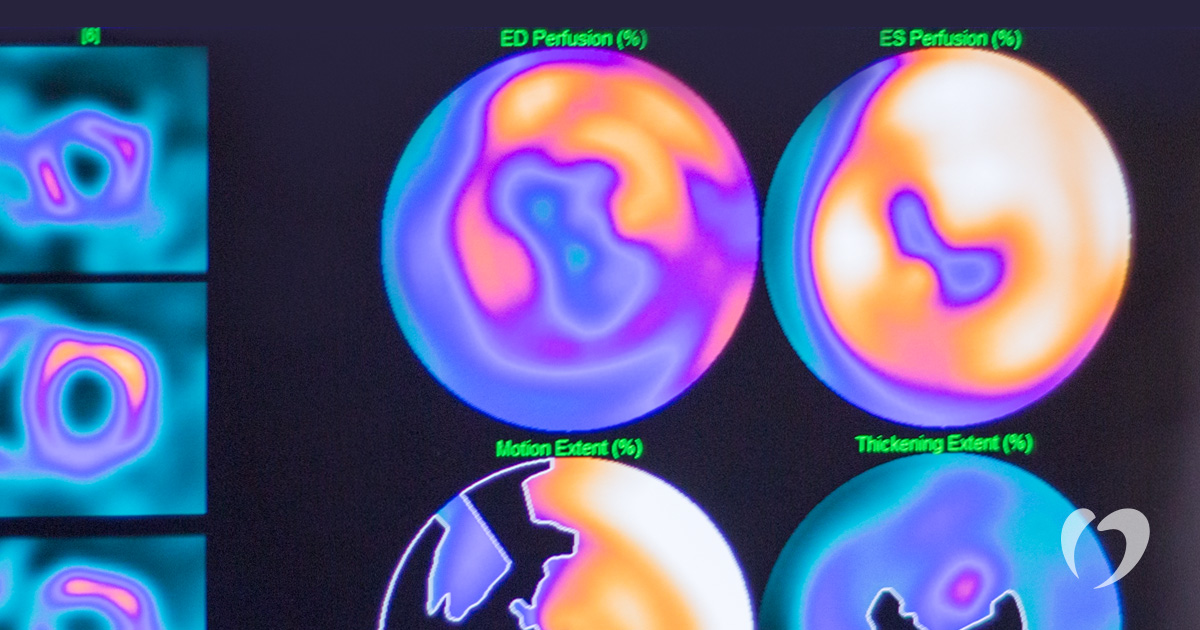Who Should Know Their Ejection Fraction?

Ejection fraction is a measurement of the heart’s overall efficiency as it pumps blood to the body. A low ejection fraction can be a sign of cardiac disease or damage to the heart, including damage from consistent high blood pressure that affects the pumping function of the heart or genetic conditions that impact the heart. A normal ejection fraction range is 65 percent plus or minus 12, or 53 to 77 percent.
If an individual’s ejection fraction is too low, their heart may be pumping too little blood with each beat. The patient may have shortness of breath, fatigue or inability to do daily activities to the fullest, but ejection fraction is not typically something a person will be aware of in their daily life. It is, however, an important measurement for physicians to assess a patient’s overall heart health.
Any patient who undergoes an echocardiogram, CT scan of the heart, or cardiac catheterization will likely have their ejection fraction measured as part of the standard procedure. Ejection fraction can also be measured through cardiac MRI or a MUGA scan (multiple gated acquisition), which marks red blood cells with a small amount of radioactive substance and then measures the activity in the heart during a heart beat.
These tests vary in accuracy and ability to reproduce results, but any test can provide a baseline measurement for a patient and allow Oklahoma Heart Hospital physicians to monitor a patient’s ejection fraction over time. A change in ejection fraction from one year to the next could be simply a result of the patient’s hydration level, or it could signal that heart damage has occurred. If an ejection fraction changes, your physician will likely recommend a more accurate test, such as a MUGA scan, to obtain a more detailed measurement of your heart’s efficiency.
Ejection fraction is an important measurement before or during some medical treatments. For example, an electrophysiologist will send a patient for an accurate ejection fraction measurement to ensure the patient will benefit before implanting a cardiac defibrillator. Oncologists also refer patients to the Oklahoma Heart Hospital to measure ejection fraction over time to ensure that chemotherapy drugs are not damaging the patient’s heart.
If you have heart disease and do not know your ejection fraction, contact the Oklahoma Heart Hospital for more information today.
